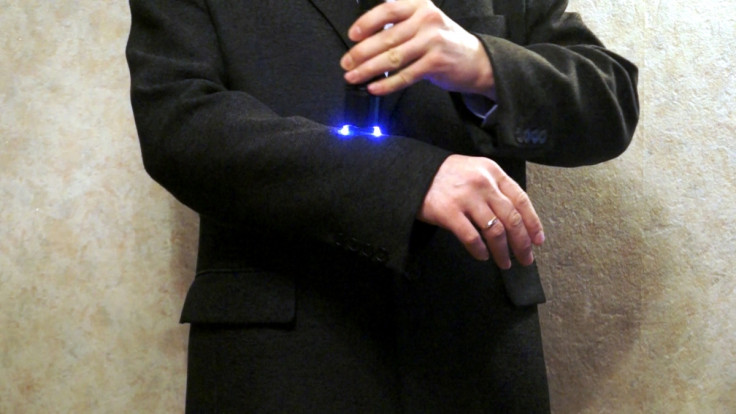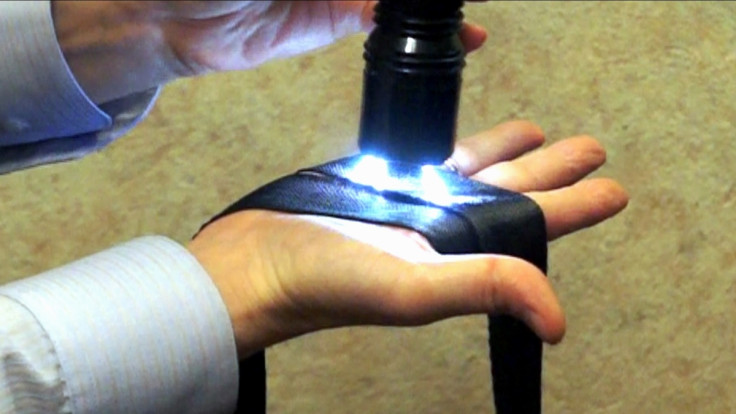How to Avoid Being Tasered: Wear Carbon-Fibre Clothing

Geeks at online DIY magazine Hackaday have discovered that it is possible to avoid the effects of a Taser or stungun by wearing carbon-fibre clothing.
User Shenzhen cut open a suit jacket and lined it with strip after strip of carbon-fibre tape together with iron-on interfacing.

When he tried to shock himself with a Taser, the carbon-fibre conducted the 50,000-volt electrical charge but he did not receive a shock.
He also attempted to shock himself with the Taser needle piercing through the suit into his skin - and still came out unscathed.
Carbon-fibre is a good conductor of electricity and is often used for repairs in the aerospace, motor racing and competition marine industries.
According to Shenzhen, the process of lining clothing takes only an hour and offers "100% protection" from Tasers.
"Fortunately, I do not need protection from Tasers," he wrote on his Hackaday project page. "This project is interesting to me as [an] engineer and I was wondering to figure out how to defend against it.

"I was able to make a very good and inexpensive protection. Carbon tape consists entirely of thin conductive carbon-fibres. [The] electric current flows through the carbon tape and not through the human body, always."
Apart from carbon-fibre tape, the material can also be woven into a wide range of fabrics, so in theory, you could potentially line all your clothing with the material.
"I applaud whoever came up with that idea and it sounds like a great science project, but for it to work, you'd need to be covered in the clothing from head to foot," Taser's vice-president for communication Steve Tuttle told IBTimes UK.
"With most police officers, if the first deployment doesn't work, they're going to try a second deployment, where skin is showing. You don't get to control that if you're the person being hit by a Taser device."
Tuttle said he had not tried Shenzhen's carbon-fibre suggestion but had seen tinfoil used to similar effect.
Taser is very keen on hackerthon events where people use science to try to protect against Taser shocks. A hackerthon is an event in which people are invited by a company to try to find flaws in a product.
Possession of Tasers is illegal in the UK but they are permitted for use by the police. The Children's Rights Alliance for England (CRAE) has announced that it has called for an inquiry into the Metropolitan Police's use of stunguns on children, which has risen almost sixfold.
In its report on the rights of children, CRAE found that Tasers were used on children in London 323 times in 2011, compared with 135 times in 2009.
Tuttle said that he had personally tested every single Taser product that had come to market. Despite expectations, it had not shortened his life expectancy, he said.
"People forget that it's such a low voltage and your brain is already producing electrical signals. What we're doing is disrupting the electrical signals being sent to muscles," he said.
© Copyright IBTimes 2025. All rights reserved.





















